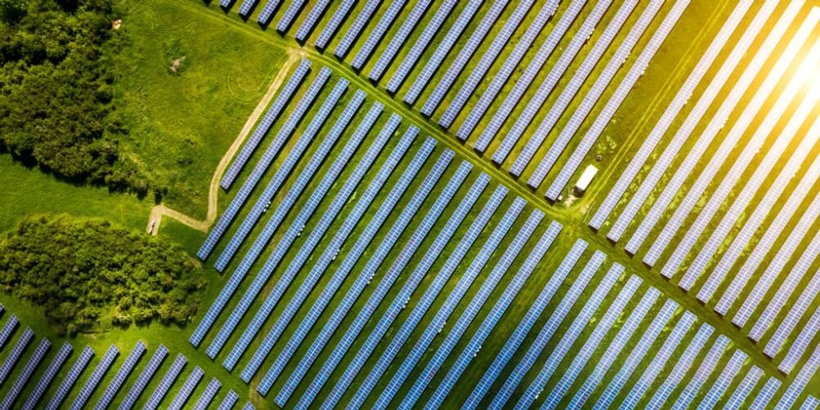As of 2024, American farmers have several avenues to obtain solar subsidies to help them install and use solar systems, enhancing energy efficiency and renewable energy use. These subsidies and incentives are provided by federal, state, and local governments, as well as private entities. Here are some key solar subsidies and incentives:
- Federal Solar Tax Credit: Investment Tax Credit (ITC): Farmers can receive a tax credit of 26% of the total cost of installing a solar system. This credit applies to both residential and commercial solar projects.
- Rural Energy for America Program (REAP): Offered by the U.S. Department of Agriculture (USDA), the REAP program provides loan guarantees and grants to farmers and small rural businesses for installing renewable energy systems, including solar systems. Grants can cover up to 25% of the project cost.
- State-level Subsidies and Incentives: Different states have their own solar subsidies and incentives. For example, California has the "California Solar Initiative (CSI)," New York has the "NY-Sun Incentive Program," and Texas has the "Texas Solar Incentive Program." These programs typically offer cash rebates, tax reductions, or low-interest loans.

The Cost Benefits of Farmers Adding Solar
All of the electricity your solar plates generate could go toward powering your home, barn and silos — lowering the amount you pay the utility company for electricity — and any excess sent back to the grid could show as a credit on your bill.
We start with the USDA grant that’s funded through the Rural Energy for America Program (REAP). REAP provides farmers a grant of up to 25 percent of total project costs for solar systems, and loan guarantees for up to 75 percent of total project costs. Those incentives could provide significant help to farmers as they pay for their solar panel systems.
These benefits provide the backbone of a very attractive energy future, and there even may be state-level benefits where farmers can reap additional savings. Some states offer solar renewable energy credits (SRECs), which are earned for every 1,000 kilowatt hours produced by your solar system. Those credits can be sold to utility companies that buy them to meet renewable energy portfolio standards. That saves you additional money on your solar panel system.
The Cost of Solar for Farmers
As with all capital expenditures, it’s important to look at how valuable an investment could be to you.
Where it starts to get fun for farmers is combining the USDA grant with the federal solar tax credit. Based on those grants alone, that could save you up to $51,000 more than is possible on a tractor. Tractors are valuable assets — something your farm may not be able to live without — but it’s clear how valuable and cost-effective of an investment solar panels can be to your present and future.

The Environmental Benefits of Farmers Going Solar
Beyond the savings we expect farmers to see on their electric bills, there are many environmental benefits associated with going solar. All of the electricity generated by your solar panels comes without generating carbon emissions that have proven harmful to the environment. That’s in contrast to utility companies that still primarily rely on the burning of fossil fuels to generate the electricity they provide to customers. The burning of coal and natural gas is responsible for emitting thousands of metric tons of carbon dioxide into the sky annually.
Farmers make their livelihood from Earth’s bounty, making the message of sustainability and environmental stewardship easy ones to grasp. Farmers that don’t take care of their land, their crops or their animals won’t be in business for long. By taking steps to further care for our planet with a solar panel installation, you’re setting a great example for future generations.
How Powerhome Can Help Farmers
Running a farm is not much different than running any other business, as you have to worry about containing costs and market factors that can affect your operation. That’s why you’ll be able to relate to other businesses that have gone solar with help from Powerhome. For example, Pewabic Pottery in Detroit, Michigan, one of the oldest potteries in America, found the value in working with us to install 74 panels on their rooftop.
Combine the electric bill savings, the USDA grant, the federal tax credit, first-year depreciation, and environmental benefits into a simple package, and it’s clear why solar panel installation makes sense for farmers. No matter the size of your farm, Power Home can build the size system that’s right for you so you can offset your costs and positively impact your financial future and the environmental future of the planet. It’s not often a product can win on such important levels, but solar panels do just that. Call us for more information or to see if solar is right for you.
(1).png)
(1).png)